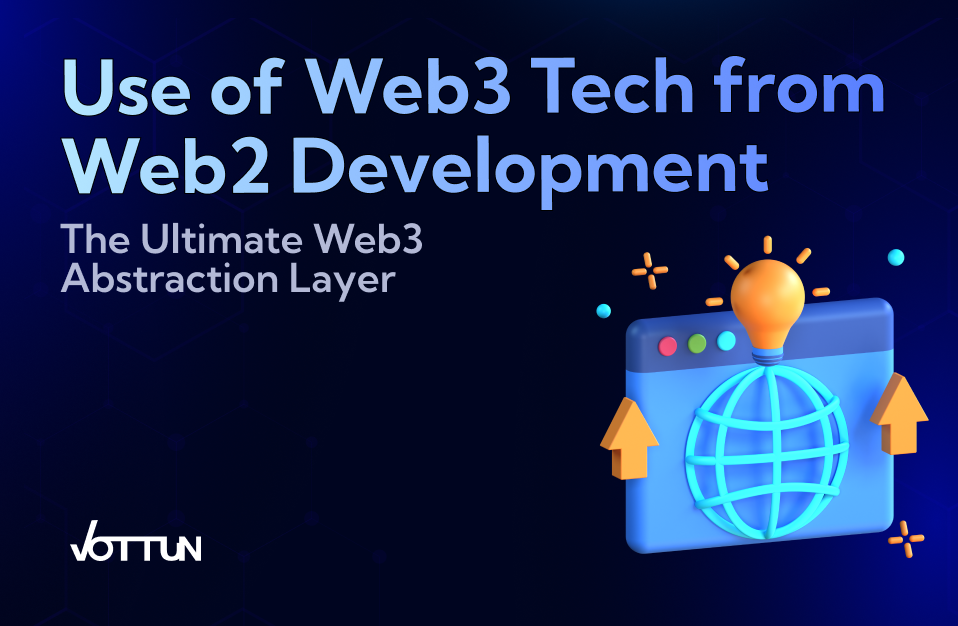- Alex Lopez
Use of Web3 Tech from Web2 Development

Before I started working with Blockchain technology about 6 years ago, I dedicated my professional time to the development of technological solutions for Industry, Banking and Insurance. First from a Systems Architecture point of view, mainly in Java and C++, and later as a Fullstack adding the Android mobility part.
Precisely when I wanted to develop a Ticketing project based on ERC-721 (aka NFT), I realized the complexity of developing a Web2 and mobile application on this technology. I remember suffering a lot when developing the smart contract, since I had never developed in solidity, and later and perhaps the most complex, interacting with the Blockchain, at that time Ethereum.
When we read articles about Web3, besides focusing them basically on Crypto and NFT, they only talk about the development of the smart contract, but we forget that we must manage all the communication with the network via RPC or WSS protocols (for events), errors, process confirmation, gas price, accelerate transactions and some more important operations that I will not list here, but that make our development can become a nightmare both technologically and in terms of time.
So, if I develop in any sector, with any programming language, and I need to work on the blockchain to take advantage of its ease of integration between systems, or its power to certify and verify actions thanks to its immutability and cryptographic security, how do I do it? Do I have to learn all that?
The answer a priori is clear: Yes, and be prepared for a slow learning curve and an evolution of the technology that impacts even more on that curve… Or not and take advantage of some of the existing products today in the Web3 ecosystem.
Today I am going to talk about the product we have created in Vottun: Web3 API. After a long time developing NFT Marketplaces, certification tools, traceability, custody and other Fintech products, we decided to make all those years of development and evolution available to all developers in the form of a REST/Json API, something that the whole community is very familiar with in their daily work.
This API is going to allow us to work with the blockchain as when, for example, we work with card payment products (Stripe or Redsys). We don’t really know what’s behind it, but it allows us to make collections in our E-commerce and, in addition, to see the result in our banking applications.
We will be able to work at different levels depending on our knowledge of blockchain: from very little to a very high level.
If we have little knowledge, it will allow us to deploy smart contracts already prepared by Vottun, for example, NFTs (ERC-721 and ERC-1155), ERC-20 tokens, POAPS and interact with them through its different APIS creating, transferring, requesting information about the tokens or NFTs… And if we are already Smart Contracts developers in Solidity, it will allow us to upload our contract to the Vottun application, deploy it and interact with any of its methods through the Core API, a little more complex, but that will allow us to make any call.
We have several use cases that can be implemented in a very easy way thanks to our APIs:
- Use of Vottun Wallet: Frederique Constant’s NFT-Enabled Watches with Vottun Wallet Integration (link here)
- Tokenization: Our customer uses tokenization to reward user loyalty (link here)
And you can also
- Create your own NFT marketplace using Vottun APIs and ERC-721 or ERC-1155 APIs
- Create your own ERC20 Token using the template available at the Smart Contracts section.
If you want more information, do not hesitate to access https://web3.vottun.io to register and, of course, the documentation you will find at https://docs.vottun.io.
In future articles we will go into more detail about all the tools that you will find on the Vottun website.
